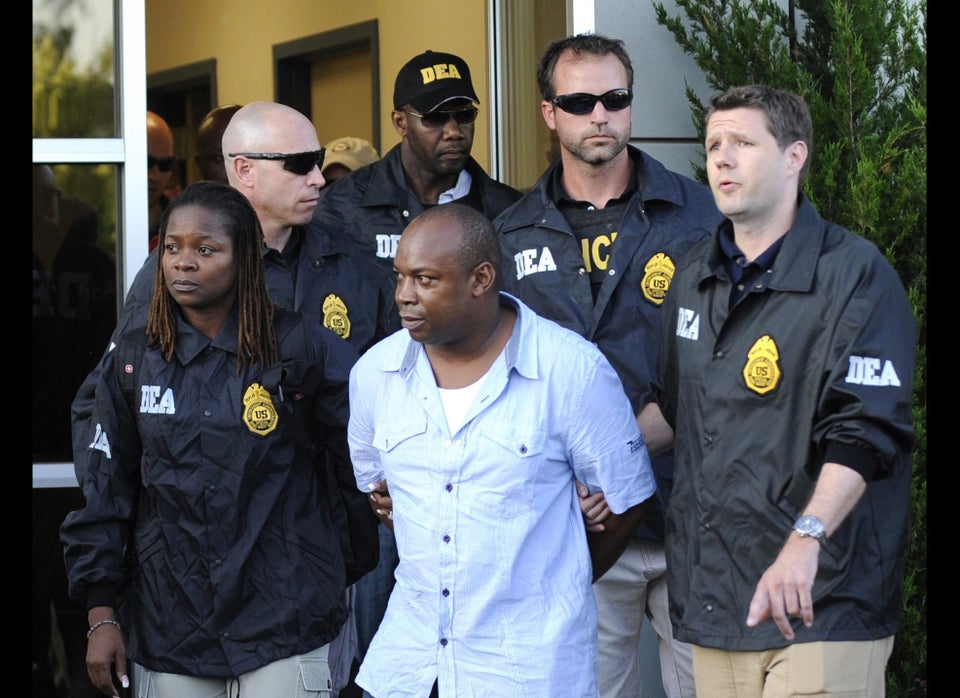
Cops have discovered another tunnel for smuggling drugs -- but it’s not where you think.
Military police in Brazil, unwittingly discovered a 50-foot tunnel linking a cocaine trafficker’s house in the favela of São Remo to the vicinity of the University of São Paulo. Not unlike parts of the U.S.-Mexico border, the São Paulo slum is blocked off from the city’s flagship university by a wall.
But that didn’t stop drug traffickers from finding a way around the wall to reach the lucrative market of university student customers.
The tunnel also made it easier for students to buy drugs from the dealers based in the favela, where many fear entering.
“People didn’t need to go into the favela,” Colonel César Augusto Morelli told Brazilian daily A Folha de São Paulo, which first reported the story. “They just had to go the wall and give money to the drug runner and he’d come back with what they wanted.”
Drug dealers also used the tunnel to get away from cops, according to O Globo.
The cops found the tunnel while looking for suspects in the killing of a police officer in September.
Cocaine use appears to be increasing in Brazil, though the lack of good data makes it difficult to say for sure, according to the U.N. Office on Drugs and Crime’s 2012 World Drug Report.
The South American giant has seeing a disturbing rise of the new drug “oxi,” a derivative of cocaine paste drenched in gasoline or kerosene, Al Jazeera reports. The drug first gained traction in the Amazonian state of Acre around 2005, but has spread to the country’s larger cities in recent years.
At the same time, many are calling for the country to reform its drug laws. The Inter-Press Service reported this year that roughly a quarter of Brazil’s jail population landed in prison for drug charges. With 258 prisoners per 100,000 inhabitants, Brazil has the world’s fourth largest jail population.

